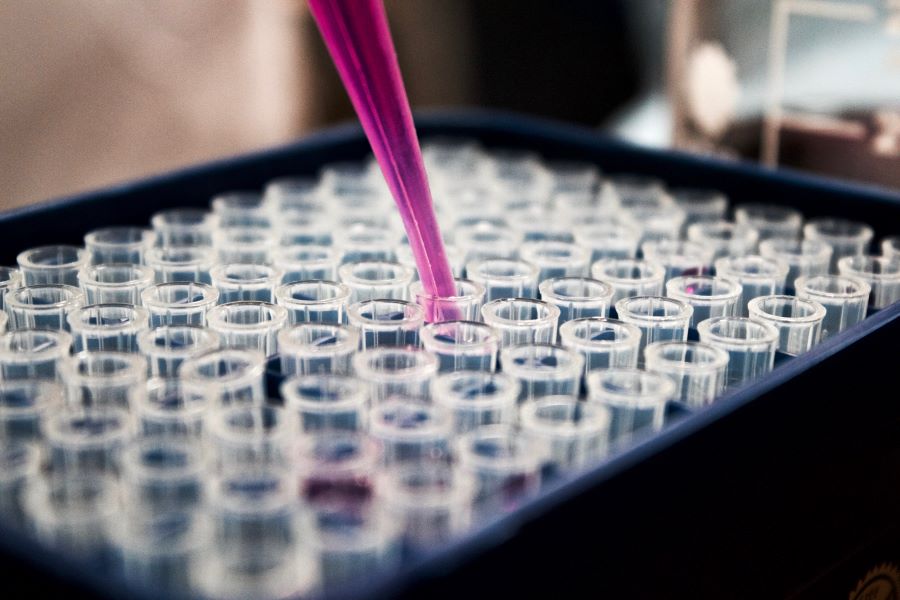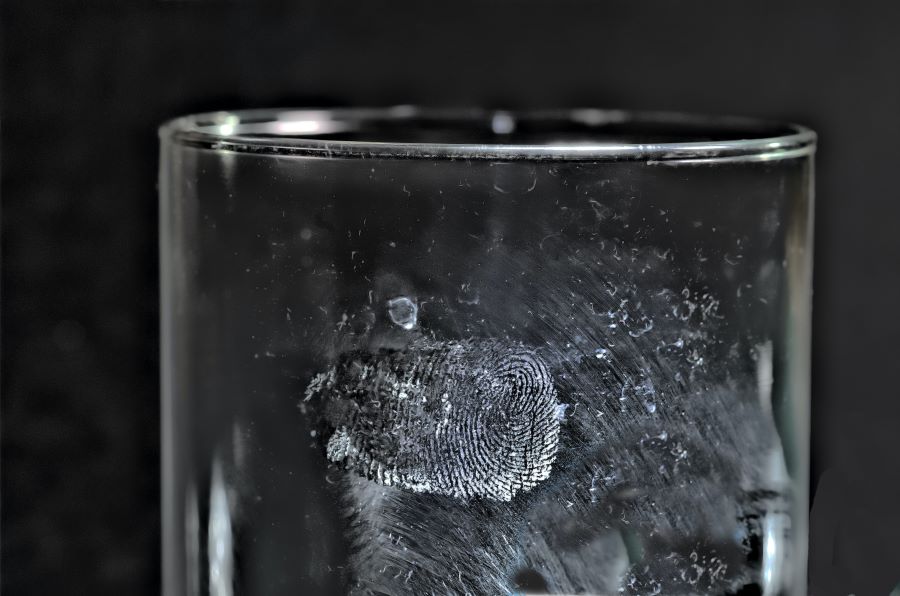Since the Industrial Revolution, society has advanced from a state in which most were unaware of why food spoiled, for instance, to a state in which refrigerators speak to their owners. Similarly, criminal prosecution has advanced from law enforcement questioning everyone in the vicinity of a crime to using science to figure out what happened and who is potentially responsible. In order for a person to be found guilty of a crime, some sort of evidence needs to be shown or found that can prove their guilt. There are different kinds of evidence, and forensic evidence is one of the most important varieties. Scientific-based evidence is referred to as forensic evidence. In this guide, we’ll answer key questions on this subject, like what forensic evidence is and what forensics’ role is in criminal law.
What is Forensic Evidence?
So, what is forensics, and what do we mean from a legal, official perspective when we talk about forensic evidence? In simple terms, forensic evidence is any kind of evidence that is obtained via scientific methods, like blood tests, DNA tests, ballistics analysis, and so on. It’s the kind of evidence often shown in popular crime shows on TV, and it can be crucial in coming to a fair and justified decision in a legal case. Although television crime dramas, present the discovery of forensic evidence as a fait accompli to a conviction, in real life, such is not always the case. Forensic evidence can be challenged, and challenged successfully, and retaining the services of an experienced criminal defense attorney can be crucial to having forensic evidence dismissed from a criminal matter.
Where Does Forensic Originate?
We’ve looked at what is forensic evidence, but what does forensic mean? Well, the word “forensic” actually comes from a Latin word, “forensis”, which refers to something that is “in open court” or “in public”. This ties into the idea of forensic testing involving public examinations and discussions regarding a legal case or criminal situation. In ancient times, forensic experts were individuals who possessed specialized knowledge and skills that could be applied in legal proceedings to help solve crimes and disputes. Over time, the field of forensics has evolved and expanded to encompass a wide range of scientific and technical disciplines that are used to investigate and analyze evidence related to criminal investigations, civil disputes, and other legal matters. Today, forensic science plays a critical role in the criminal justice system and has become an integral part of many criminal investigations around the world.
Common Types of Forensic Evidence
So, now we know what forensic means, let’s take a look at some typical examples of the sorts of evidence that forensic testing can provide. It’s important to note that forensic science is capable of finding a wide range of different types of evidence from crime scenes to help in the investigation and prosecution of criminals. The California Bureau of Forensic Services (BFS) operates ten regional laboratories for assisting law enforcement agencies that do not have access to in-house crime laboratories. As part of this system, the BFS collects evidence in the following areas: :
- Controlled Substances and Clandestine Drugs – Possession, usage, and sale of certain drugs and substances can be serious crimes. Forensic experts can make use of various forms of forensic analysis and scientific tests to check for traces of different substances either in a person’s body or on an object.
- Physical Evidence – Forensic examiners are able to use scientific testing to search for and locate a range of different types of physical evidence, which can include bodily fluids like blood, urine, and semen, as well as ballistics, shoe prints, tire tracks, trace evidence of fire debris and gunshot residue, and much more.
- Digital Evidence – As well as physical evidence, forensic scientists can also aid law enforcement in the discovery of digital evidence. This can include things like hidden files on computers and hard drives, recovery of damaged or broken computers and other devices, scanning of mobile telephones, and so on.
- BPA – BPA stands for bloodstain pattern analysis, and this can be another effective form of forensic testing – just as important as DNA analysis or checking for fingerprints. It involves examining bloodstains at a crime scene in order to determine the likely actions that caused those stains to appear.
- Fingerprint – Every human has their own unique fingerprint – even twins have been proven to have separate fingerprints, despite sharing the same DNA – and we leave fingerprint marks behind on the things we touch or hold. Forensic professionals can find fingerprints that might otherwise be invisible through procedures like dusting and fuming.
- DNA – DNA evidence is one of the most common forms of forensic evidence and can be one of the most damning pieces of evidence against a defendant. DNA is essentially the unique genetic code that every human carries in their bodily cells, and it can be found in hair, saliva, blood, and more.
How Can Forensic Evidence Help?
In many legal cases, situations can involve the word of one person or group against the word of another, and it can be difficult for any judge or jury to make a fair decision on which side to believe based purely on their words. This is where evidence comes in. Forensic evidence can support the argument of the defense or prosecution, and judges and juries will be much more likely to decide in favor of those who can provide compelling scientific evidence for their claims.
Challenging Forensic Evidence in a Criminal Matter
When forensic evidence is introduced, as with all allegations in the American system of justice, it is the proponent – the prosecution, in a criminal matter – that typically bears the burden to show the evidence is reliable. Establishing the reliability of forensic evidence requires demonstrating the validity and acceptance of the underlying scientific theory by the relevant scientific community. Secondly, there must be proof the technique applying the theory was also valid. Finally, the proponent must show the technique was properly applied in the specific case. Other reliability factors include the existence of literature supporting or rejecting the theory and technique, the potential rate of error of the technique, confirmation of the technique by others, and the experience and skill level of the person who applied the technique. All of these factors can provide an avenue to challenge the introduction of such evidence, and it will typically fall on the criminal defense attorney to introduce flaws in the technique in an effort to get the evidence disqualified from introduction at trial.
Speak to a Criminal Defense Attorney
If you, or a loved one, have been arrested on suspicion of committing a crime, and the possibility exists that forensic evidence may be used against you, contact the criminal defense attorneys at Manshoory Law Group, as soon as possible. The attorneys at our office have years of experience in criminal law, and we will do our best to ensure that any faulty bit of evidence is properly excluded from the prosecution’s case, giving you, or your loved one, the best possible chance at defending the charges asserted against you. Attorneys are available 24/7 to take your call. Contact us today for an initial consultation.


